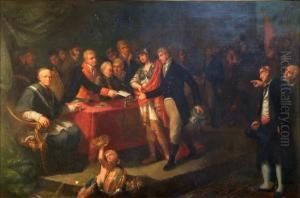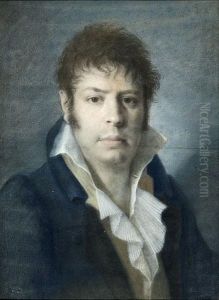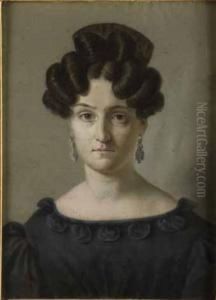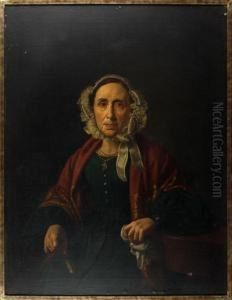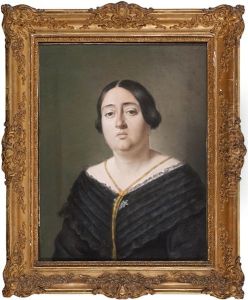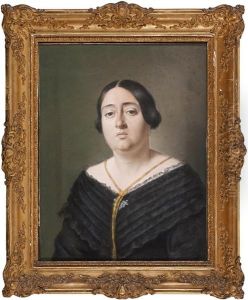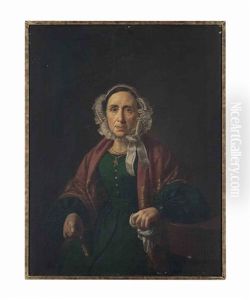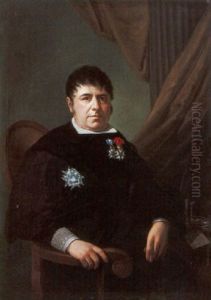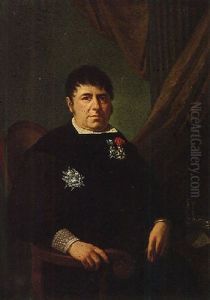Vicente Rodes Y Aries Paintings
Vicente Rodes y Aries was a Spanish painter born on October 28, 1772, in Alicante, Spain. He is considered one of the prominent artists of the Neoclassical era in Spanish art. Little is known about his early life, but it is believed that he showed an early propensity for the arts and likely received his initial training from local artists in his hometown.
Rodes y Aries later moved to Valencia where he continued his studies. His talent was recognized early on, and he earned a scholarship from the Economic Society of Friends of the Country of Alicante, which enabled him to study at the prestigious Royal Academy of Fine Arts of San Carlos in Valencia. There, he was under the tutelage of prominent artists of the time, including the painter José Camarón Bonanat.
After his education, Rodes y Aries' work started gaining recognition. He became known for his historical and religious paintings, which were characterized by their adherence to the Neoclassical style, marked by clear lines, uncluttered compositions, and a subdued palette. His works often reflected the influence of ancient art and the search for ideal beauty, typical of the Neoclassical movement.
Vicente Rodes y Aries' career further prospered when he was appointed as a court painter for King Charles IV of Spain. This position not only elevated his status but also provided him with a steady stream of commissions. Despite this prestigious role, the turbulent political climate of Spain during this period, including the Peninsular War and the subsequent changes in monarchy, likely impacted his career.
He continued to work and teach throughout his life, passing on his knowledge to the next generation of artists. Unfortunately, Rodes y Aries' life was cut short when he died on February 12, 1822, in Valencia. His death marked the loss of a significant figure in the Spanish Neoclassical movement, although his influence persisted through his contributions to Spanish art and his role as an educator.
Rodes y Aries left behind a legacy that includes not only his artwork but also his impact on students. His style and techniques were disseminated through his teaching, helping to perpetuate the Neoclassical aesthetic in Spanish art beyond his own lifetime. Despite the scarcity of extensive documentation on his life, the works that survive attest to his skill and the esteem in which he was held during a transformative period in Spanish history.
